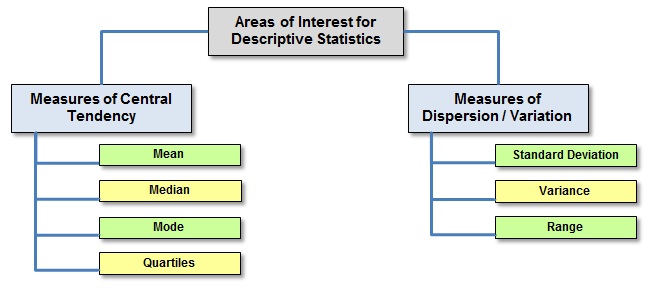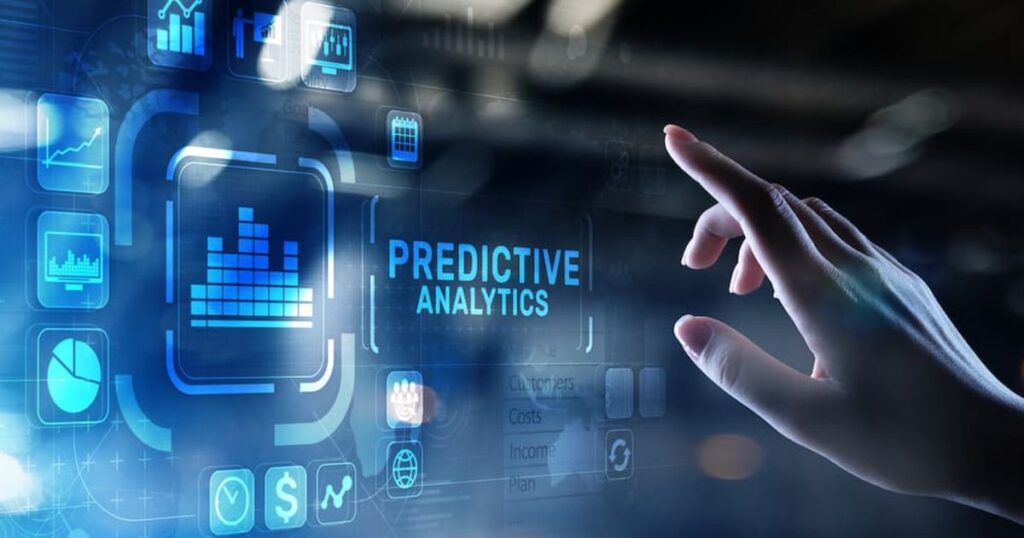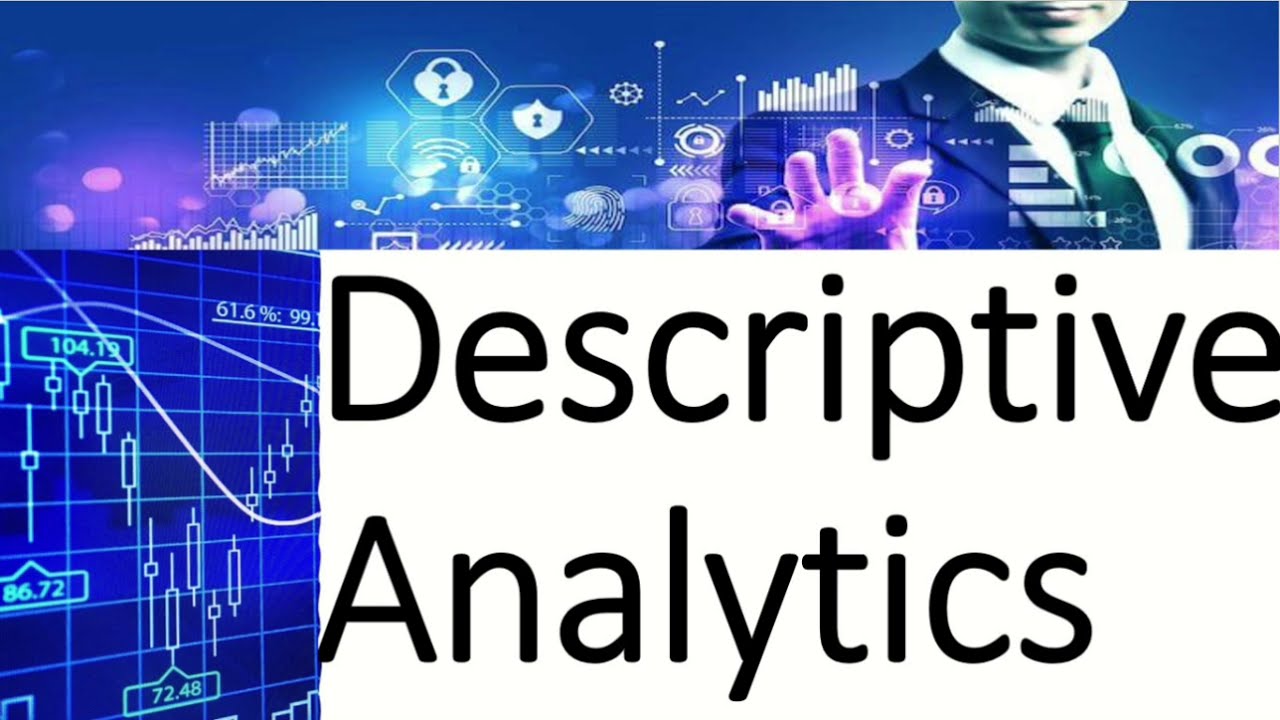Descriptive Analytics
Descriptive analytics is a branch of data analytics that focuses on describing or recapitulating once or present data to gain perceptivity and understanding. It involves collecting, drawing, and organizing data to produce meaningful visualizations and reports that can help judges identify patterns, trends, and connections in the data.
Analytics is concentrated on answering questions similar to what happened, how important, and when did it be. It involves the use of measures similar to frequency, mean, standard, mode, friction, and standard divagation to describe data. Visualization ways similar to histograms, scatter plots, and bar maps are also generally used to represent data in a way that’s easy to understand.
Descriptive analytics is an important first step in the data analysis process, as it provides a foundation for more advanced logical ways similar to prophetic and conventional analytics. By understanding the literal patterns and trends in data, businesses can make informed opinions and develop strategies for the future.
Type Of Descriptive Analytics

There are several types of descriptive analytics techniques used to analyze and summarize data. Here are a few examples:
Central tendency measures: Central tendency measures such as mean, median, and mode are used to summarize the center of a dataset.
Dispersion measures: Dispersion measures such as range, variance, and standard deviation are used to describe the spread of data points in a dataset.
Frequency distribution: Frequency distribution is a graphical representation of how often certain values occur in a dataset.
Histograms: Histograms are used to display the distribution of continuous data by dividing it into intervals, or bins.
Box plots: Box plots are used to show the distribution of a dataset by displaying the minimum, outside, standard, and quartiles.
Scatter plots: smatter plots are used to display the relationship between two variables in a dataset.
Heat maps: Heat Charts are used to display data in a two- dimensional matrix where each cell is colored grounded on its value.
Time series analysis: Time series analysis is used to dissect data over time, similar as stock prices or rainfall patterns, to identify trends, patterns, and seasonality.
Cluster analysis: Cluster analysis is used to group similar observations together based on their characteristics, such as demographic or behavioral data.
Dimensionality reduction: Dimensionality reduction techniques, such as principal component analysis, are used to simplify and summarize large datasets by identifying the most important variables.
Summary tables: Summary tables are used to display descriptive statistics for multiple variables in a dataset in a single table, allowing for easy comparison and analysis.
Pareto analysis: Pareto analysis is used to identify the most important factors contributing to a problem or issue by analyzing data based on the 80/20 rule, which states that roughly 80% of the effects come from 20% of the causes.
Uses of Descriptive Analytics
Descriptive analytics is used in a variety of fields, including business, healthcare, finance, and government, to give perceptivity and understanding of once events or trends.
Then are some common uses of :
descriptive analytics: Performance dimension Descriptive analytics can be used to estimate the performance of a business, department, or individual by assaying data similar as profit, deals, or client satisfaction.
Performance measurement: Descriptive analytics can be used to evaluate the performance of a business, department, or individual by analyzing data such as revenue, sales, or customer satisfaction.
Trend analysis: By assaying literal data, descriptive analytics can identify patterns and trends over time, which can be used to make prognostications or inform decisions- timber.
Customer segmentation: Descriptive analytics can be used to group guests grounded on participated characteristics, similar to demographics or copping geste, which can be used to develop targeted marketing strategies.
Risk assessment: Descriptive analytics can be used to identify potential risks, such as fraudulent activity or supply chain disruptions, by analyzing data patterns and anomalies.
Resource allocation: Descriptive analytics can be used to allocate resources, such as staff or budget, based on past performance or demand.
Process improvement: Descriptive analytics can be used to identify backups or inefficiencies in a process by assaying data similar as cycle time or error rates.
Inventory management: Descriptive analytics can be used to optimize inventory levels by analyzing data such as demand patterns and lead times.
Social media analysis: Descriptive analytics can be used to cover and dissect social media exertion, similar as mentions or sentiment, to gain perceptivity into client geste and preferences.
Healthcare management: Descriptive analytics can be used to dissect patient data to ameliorate healthcare issues, similar as relating to high-threat cases or assessing the effectiveness of treatments.
Fraud detection: Descriptive analytics can be used to identify potential cases of fraud by analyzing data patterns and anomalies.



[…] Descriptive analytics […]